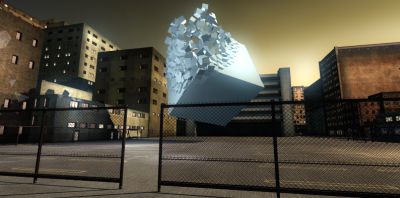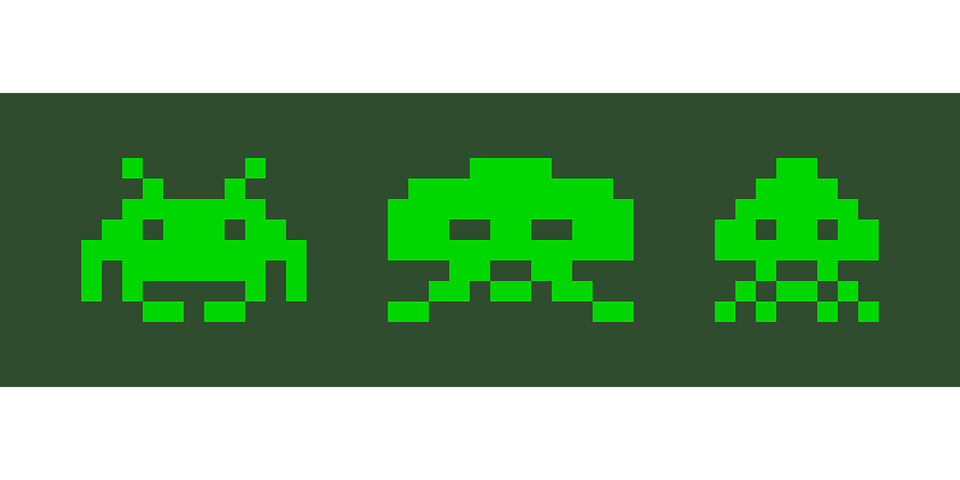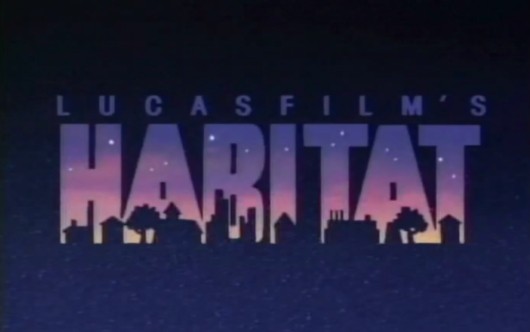
We all know that, at its core, programming is about math. And there are plenty of examples out there of beautiful math; most are familiar with fractals and computer-generated images such as 3D landscapes. But there is another way to use all that math to make art: demos.
If you grew up on computers in the 1980s, chances are that the most impressive graphics you were able to see on your home screen came from a demo. These aren’t demos in the sense of video games, but rather demos and the demoscene are computer programs designed to push hardware limits while remaining extremely small.
(Related: Other forms of art made by programmers)
Many demos clock in at 32KB or below in binary size, and modern demos still like to hold themselves to the old-school standards that were created thanks to slow modems and slow drives.
Behind these flashy videos is some extremely optimized code. You’ve got to remember that these things were created in the days before 3D accelerator cards, and before things like MMX and other multimedia hand-holders for developers. Demoscene developers cut assembly code, and they’re able to build out amazing displays on super-slow hardware because they’re pushing every aspect of the system to its limit.
A great interview with demoscene member “kb” was published today, and it’s got me thinking about the good old days when 3D graphics were just for show, and digital music made of beeps and boops was considered new and unique. Therefore, I’m going to pack this post with a bunch of demos for you to watch.
kb is a member of Farbrausch, a rather famous group that has put out some of the best demos ever done. This one, Debris, is often cited as their best:
At the opposite end of the spectrum, this Atari home computer demo is representative of just how simple a demo could be and still blow people away. While this walking robot is simple by today’s standards, it was revolutionary back in the days of 1984. Be sure to watch the whole thing: that Robot is in space!
This is a nice collection of Amiga demos mushed together into one video. The thing to remember about the Amiga is that it really was the first home computer to even consider the idea of multimedia support. As a result, the platform was home to some of the best demos of its day, and it was only when DOS completely won the home computer market by 1992 that the Amiga began to lose some ground.
If there is any group that can give Farbrausch a run for its money as the greatest demoscene group of all time, it’s Fairlight, a group that still puts out demos on old hardware. Check out this demo they did on the Commodore 64:




